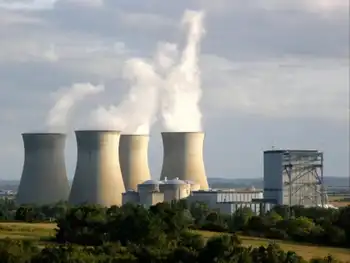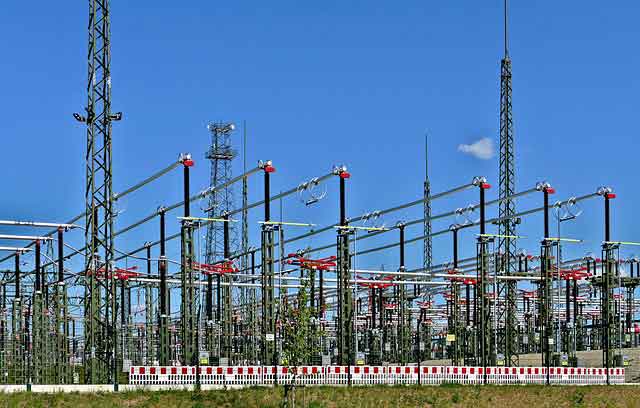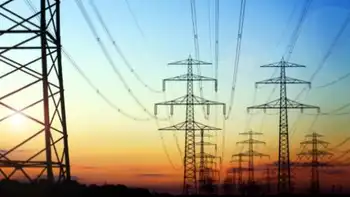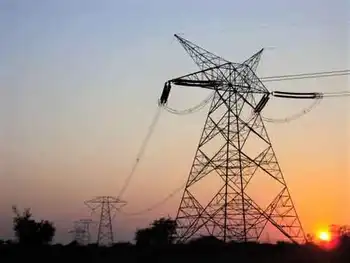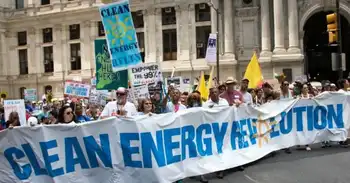Egyptian wind farm part of ambitious energy plan
By Industrial Info Resources
Substation Relay Protection Training
Our customized live online or in‑person group training can be delivered to your staff at your location.

- Live Online
- 12 hours Instructor-led
- Group Training Available
Hassan Younes, the country's electricity minister, said that 72 companies purchased the bidding documents in June. He said that the numbers signify the interest generated by the country's wind energy sector in the international power industry. The selected project developer will design, finance, build, own and operate the plant for a period of 20 to 25 years. During that period, power generated will be purchased by state-run Egyptian Electricity Transmission Company (EETC). The names of the companies in the fray have not been disclosed so far.
In April 2007, Egypt's Supreme Council adopted an ambitious plan under which the country will generate 20% of its electricity from renewable sources by 2020, and 12% of that would be accounted for by wind energy. The plan was especially ambitious since renewable energy accounted for a mere 0.5% of the country's power generation in 2007.
Today, Egypt procures 10% of generated power from renewable sources. Egypt is an oil and gas producer, but according to Egyptian officials, the country's oil and gas reserves are expected to last for just another 30 years or so, driving the need for renewable energy.
Egypt currently produces 430 MW of wind power, and finances for generating an additional 920 MW are being finalized. The country has been developing its wind power industry along the Red Sea coast. In June, the nation's Electricity Ministry said that it was allocating more than 300,000 acres of land near the Gulf of Suez on the Red Sea coast for wind farm projects.
In August, the ministry announced plans to allocate a further 1.6 million acres of land for wind farms in Upper Egypt. By 2010, the Zafarana wind farm will generate 545 MW of power and thereby become the largest wind farm in the Middle East and all of Africa.
Plans are either finalized or under discussion to set up several windfarms with a combined capacity of about 840 MW in the Gulf of El- Zayt.
Late last month, Younes announced that Egypt's first solar power project, which is being set up near Cairo at Koraymat, will be completely operational from 2010. The 140-MW solar power project is part of a larger 2,900-MW facility that includes three non-solar power units. The facility is already connected to the national grid, which is accessible to almost 99% of the country's population.
In October 2007, Egypt had announced that it would build three to four nuclear power plants to meet the country's growing energy needs. The first plant was to be operational within a decade, and the government had said that it had received nuclear cooperation offers from China, France, Kazakhstan and Russia.
Egypt had suspended earlier nuclear energy reactor plans after the Chernobyl disaster of 1996.
Although revived in 2006 and 2007, the nuclear program has not made much headway with numerous conflicts over site selection, service-contract negotiations, and funding issues.
Egypt's current power generation capacity is 25,000 MW, and according to Younes, the country intends to add 58,000 MW to its capacity by 2027. The country will invest about $100 billion to $120 billion to achieve the defined target. The generation capacity is expected to reach 32,000 MW by 2013 as the nation struggles to meet a growing demand for power.
About 11 thermal power plants are expected to be constructed by 2013.
The government also has conducted two feasibility studies with neighboring nations Ethiopia and Sudan regarding possible hydroelectric projects.






